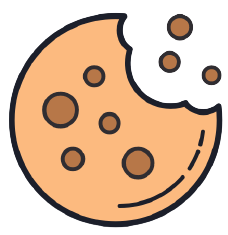It can also make a health assessment of biological age using facial analysis.
It’s no secret that some people appear to age faster than others, especially after enduring stressful periods. But some scientists think a person’s physical appearance could reveal more about them than meets the eye — down to the health of their tissues and cells, a concept known as ‘biological age.’
Researchers trained artificial intelligence to estimate the biological ages of adults with cancer by analyzing photos of their faces. Younger ones tended to fare better after treatment than those deemed older by AI.
The findings suggest that people’s biological age estimates are closely linked to their physical health, which could reflect their ability to survive certain treatments.
Face-based aging tools have “extraordinary potential” to help doctors quickly and inexpensively estimate how healthy their patients are, compared with existing tests, which use blood or saliva to measure chemical and molecular changes associated with aging.
Face-Age, the machine learning tool created by researchers, found that study subjects with cancer appeared five years older than their chronological age. The biological age of people without cancer was typically close to their actual age. And those who were categorized as older were more likely to die, either from cancer or other causes.
The researchers are not the first to find a link between facial and biological aging. A study in Denmark found that subjects who looked older than their chronological age tended to die earlier than their twins.
Doctors could one day use Face-Age to decide whether to provide different treatment depending on a patient’s estimated biological age.
Preliminary data suggests that Face-Age goes beyond the visual markers of age we might look to, wrinkles, grey hair or baldness, and instead flags less obvious factors like hollowing of the temples (which reflects a loss of muscle mass) and the prominence of the skin folds on either side of the mouth.
The authors hope to eventually commercialize the technology and create a product that could be used in doctor’s offices. They plan to file for a patent once the technology is more developed.
The current version of the tool has limitations. It was primarily trained on white faces, so it could work differently for people with different skin tones. And it isn’t clear to what extent modifications like plastic surgery, make-up lighting or the angle of the face could affect the results. And while biological aging can be accelerated by a number of factors, like stress, pregnancy, smoking, drinking alcohol and even extreme heat, some of these changes can be reversible — and it’s not clear if the tool would pick up those changes over time.
Experts in medical ethics also have concerns. Whether the tool might be used to justify denying insurance coverage or medical treatment.
“We’re really concerned about potential misuse of technology in general.” However, the researchers felt the tool would be more helpful than harmful — and it could be used to support, but not replace, clinician’s judgment.





